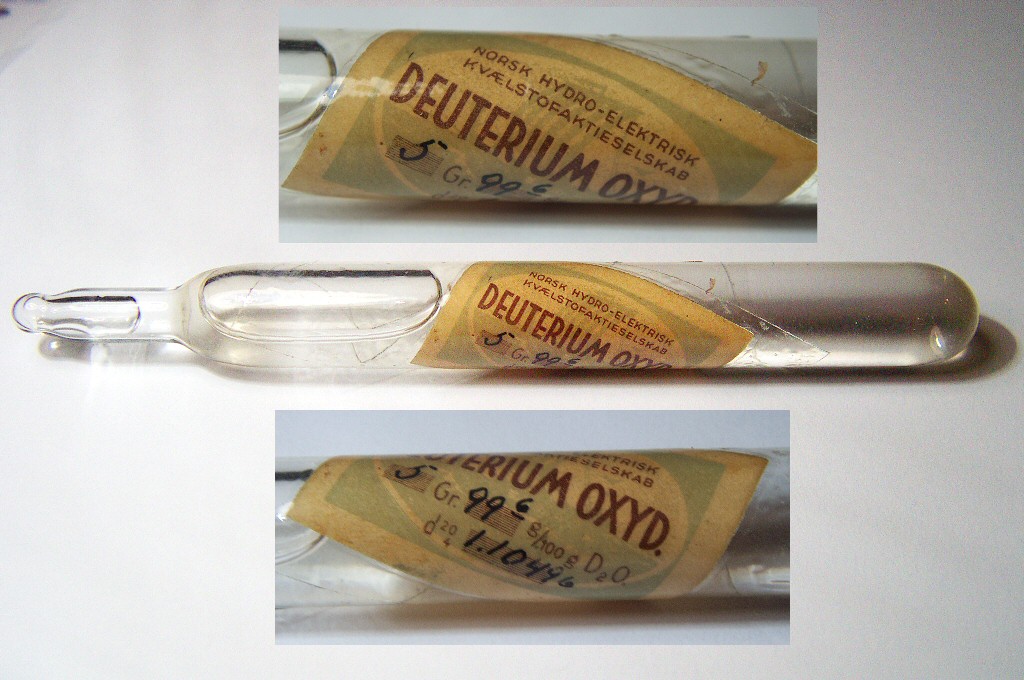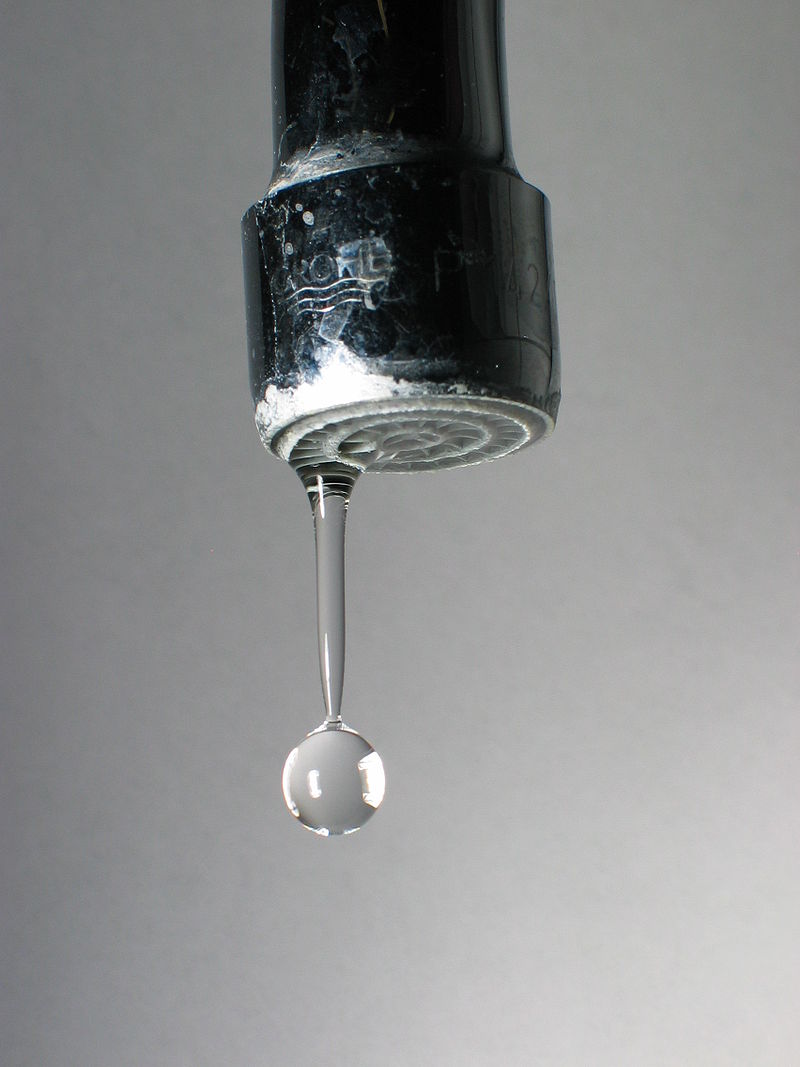Difference Between Hard Water and Heavy Water
Key Difference – Hard Water vs Heavy Water
The key difference between hard water and heavy water is their composition as both types, “hard water” and “heavy water” refer to the water with two Hydrogen atoms and one Oxygen atom in the water molecule. When we consider the molecular composition of heavy water, it contains more Deuterium atoms than Hydrogen atoms. The molecular composition of the hard water is same as the normal water, but its mineral composition (Magnesium-Mg and Calcium – Ca) is relatively higher than the soft water.
What is Heavy Water?
A water molecule contains two Hydrogen atoms and an Oxygen atom. Hydrogen has three isotopes; protium (99.98%), deuterium and tritium. Protium has one electron and one neutron. Deuterium has a neutron in the nucleus in addition to the electron and the proton. Deuterium is as twice as heavier than the most abundant Hydrogen atom.
Heavy water contains a large proportion of deuterium atoms than the usual Hydrogen atom. Therefore, its molecular weight and the density is higher than the normal water. It is said that the density of heavy water is 11 times greater than that of normal water.

A historical sample of “heavy water”, packed in a sealed capsule.
What is Hard Water?
In general, water contains some amount of minerals such as Magnesium, Calcium and Potassium. But, hard water contains more minerals, especially Magnesium (Mg) and Calcium (Ca) than normal water (soft water). Due to this fact, the hardness of the hard water is greater than the hardness of the normal water. This happens when the surface water flows through the soil into the groundwater layer by dissolving the minerals in the free-flowing water.
Hard water does not cause any harmful effect on the human health, but it causes so many additional problems such as leaving white coloured deposits in cooking or boiling equipment, bathroom floors and in water pipes. 
What is the difference between Hard Water and Heavy Water?
Definition of Hard Water and Heavy Water
Heavy water: Heavy water is water containing a substantial proportion of deuterium atoms, used in nuclear reactors
Hard Water: Hard Water is water that contains an appreciable amount of dissolved salts of calcium and magnesium.
Properties of Hard Water and Heavy Water
Composition
Heavy Water: Heavy water contains a large proportion of Deuterium (contains an extra neutron in the nuclear) atoms than the normal water. It contains both Hydrogen atoms and Deuterium atoms forming the water molecules having the molecular formula as D2O (Deuterium Oxide) and HDO (Hydrogen-Deuterium Oxide).
Hard Water: In the molecular level, the composition of hard water is similar to that of normal water (H2O). But, it contains more minerals; Magnesium and Calcium than the normal drinking water.
Physical and Chemical Properties
Heavy Water: Physical and chemical properties of heavy water are similar to the normal water, but it has a high-density value. The molecular weight of the heavy water does not show a significant change because the single Oxygen atom contributes about 89% to the molecular weight. Biological properties of heavy water are different from the normal water.
Hard Water: Hardness is the main property which is significantly different from normal water.
USGS classification of water hardness
| Hardness / mgl-1 | Nature of the water |
| 0-60 | Soft water |
| 61- 120 | Moderately hard water |
| 121- 180 | Hard water |
| < 180 | Very hard water |
The recommended limit of hardness in drinking water is 80-100 mgl-1
Health Effect
Heavy Water: Some amount of Deuterium is present in the human body, but a large amount of Deuterium causes harmful health effects in the human body, it can even cause death.
Hard Water: Hard water causes no health effects in the human body, but it causes some other problems such as blocking water pipes and leaving mineral deposits on heaters, cooking equipment and bathroom floors. To overcome these problems caused by the hard water, the minerals are removed. This is called softening. The most commonly used effective method is the ion-exchange resins as the softener.
Image Courtesy: “Dripping faucet 1” by User:Dschwen – Own work. (CC BY-SA 2.5) via Wikimedia Commons “Deuterium oxide Norsk” by Alchemist-hp (talk) (www.pse-mendelejew.de) – Own work. ( FAL) via CommonsncG1vNJzZmivp6x7pbXFn5yrnZ6YsqOx07CcnqZemLyue8OinZ%2Bdopq7pLGMm5ytr5Wau260wKubZq%2BRqbKzecCnm2auo2K1pq3VsmSwmaSav3A%3D